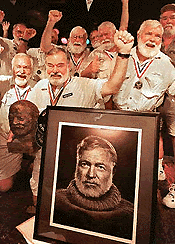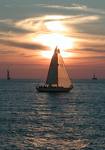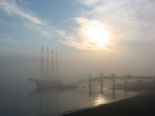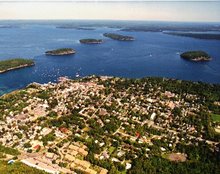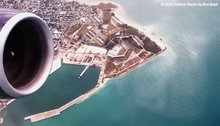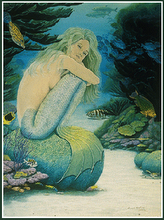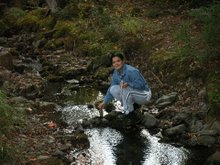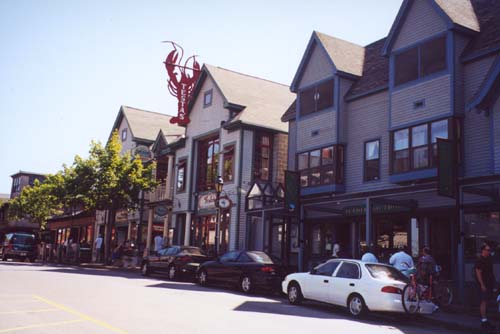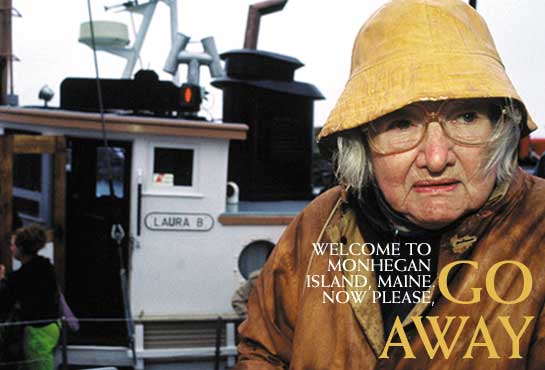FLORIDA: U.S. Highway 1 - "Key West, Florida to Fort Kent, Maine".
 U.S. 1 (also called U.S. Highway 1, and abbreviated U.S. 1) is a United States highway which parallels the east coast of the United States.
U.S. 1 (also called U.S. Highway 1, and abbreviated U.S. 1) is a United States highway which parallels the east coast of the United States.
It runs 2,390 miles (3,846 km) from Key West, Florida in the south, to Fort Kent, Maine at the Canadian border in the north.
U.S. 1 generally parallels Interstate 95, which is significantly farther inland (west) between Jacksonville, Florida and Petersburg, Virginia. It connects the major cities of the east coast of Florida, including: Miami, Florida; Jacksonville, Florida; Columbia, South Carolina; Raleigh, North Carolina; Richmond, Virginia; Washington, DC; Baltimore,Maryland; Philadelphia, Pennsylvania; New York, New York; New Haven, Connecticut; Providence, Rhode Island; Boston, Massachusetts, Portland, Maine, and onward north to Fort Kent, Maine.
In Florida, where signs for U.S. Highways formerly had different colors for each highway, the "shield" for U.S. 1 was red.
Florida began using the colored shields in 1956, but during the 1980s the MUTCD was revised to specify only a black and white color scheme for U.S. Highway shields.
As such, Federal funds were no longer available to maintain the colored signs.
On August 27, 1993, the decision was made to no longer produce colored signs.
Since then, the remaining colored signs have gradually been replaced by black-and-white signs; at present, there are a few rare colored ones still in place.
Since I was born and raised in Key West, Florida, I had past this sign along the bay side of the island numerous times and I have always wanted to see the "end of that rainbow" Aka - "Fort Kent, Maine", and in September of 2006, I was finally able to travel to Maine and view the U.S. 1 sign that read; "U.S. 1 - Fort Kent, Maine to Key West, Florida".
I was quite pleased, and I found Fort Kent, Maine to be quite charming!















